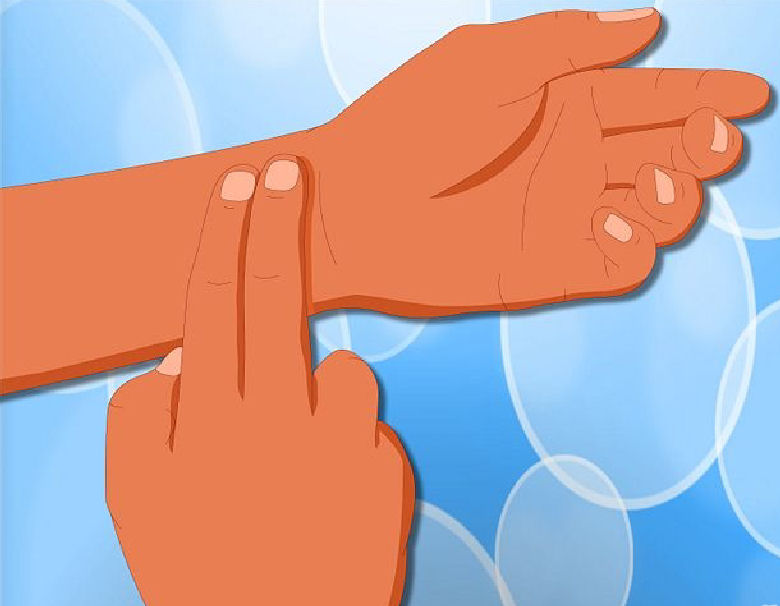183.WHAT IS THE PULSE?
You have probably had your pulse taken hundreds of times. And it’s quite a simple thing for you to take your own pulse or someone else’s. When a nurse or doctor does it, the patient is sitting or lying down. The arm is placed in a relaxed position with the thumb turned upward. With the index finger, the nurse finds the pulse beat on the wrist near the thumb side of the hand. The beats are counted for one minute.
Actually, the pulse can also be felt over the instep, at the temple, and along the sides of the neck. Now what is being felt and what is being measured? Idle pulse rate provides information about how fast the heart is beating and about the state of pressure in the circulatory system.
During the action of the heart there is a pause. During this pause, the wall of the aorta contracts. This contraction forces the excess blood (just received from the heart) to proceed along the circulatory system. This alternate expansion and shrinking, or pulsation, of the aorta produces a wave which passes along the entire system of arteries in the body. The pulsation of the arteries, which can be felt at any artery that can be felt through the skin, is called a pulse.
Since it depends on the contraction of the heart, the pulse tells us about the heart rate. The pulse rate depends on the blood requirements of the body. Small bodies lose more heat than large ones and need a more rapid circulation of the blood. So the pulse rate of small birds is almost 200! Cats have a pulse rate of 130; Man has about 75; the horse has 35; and an elephant has only 25.



Leave a Reply